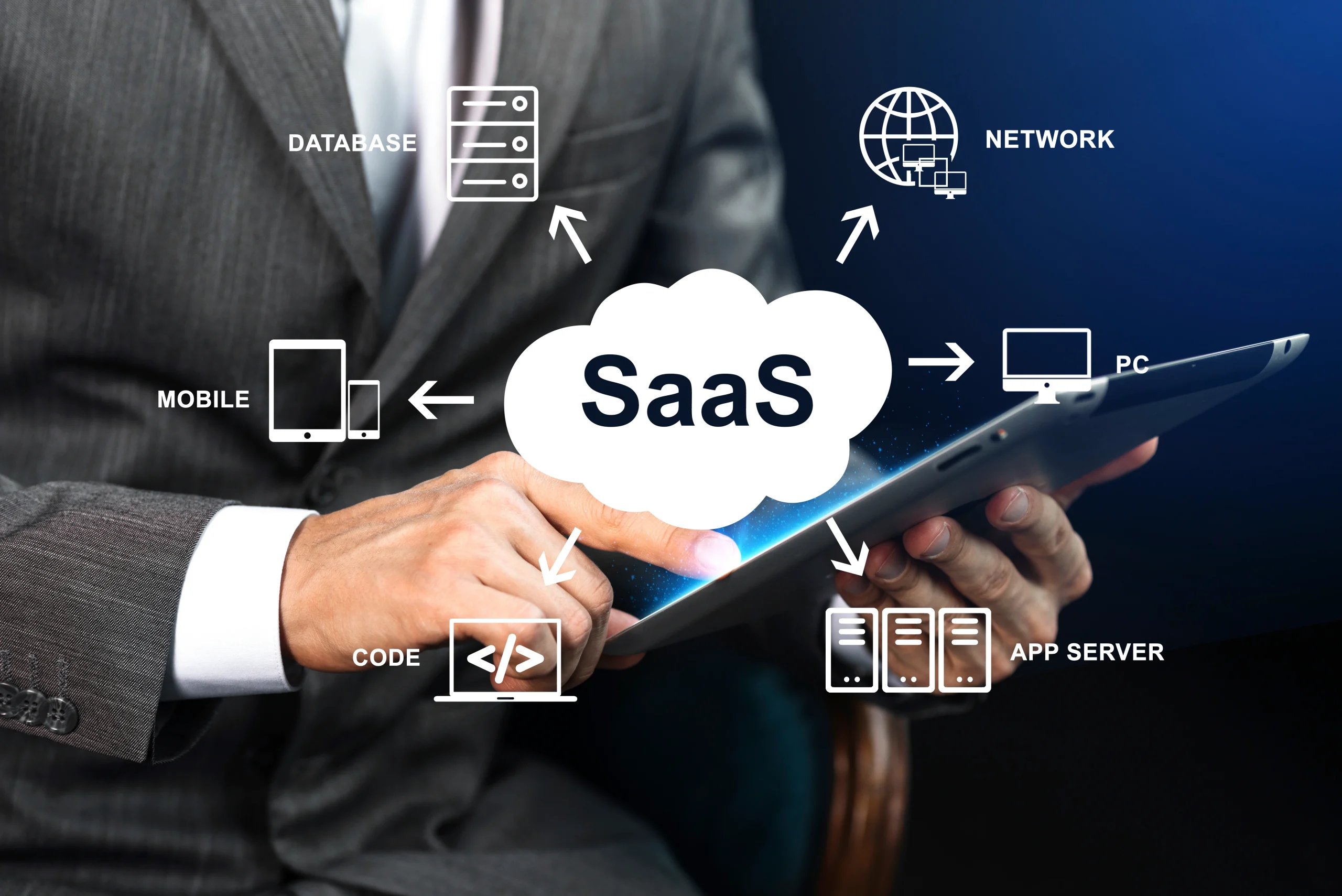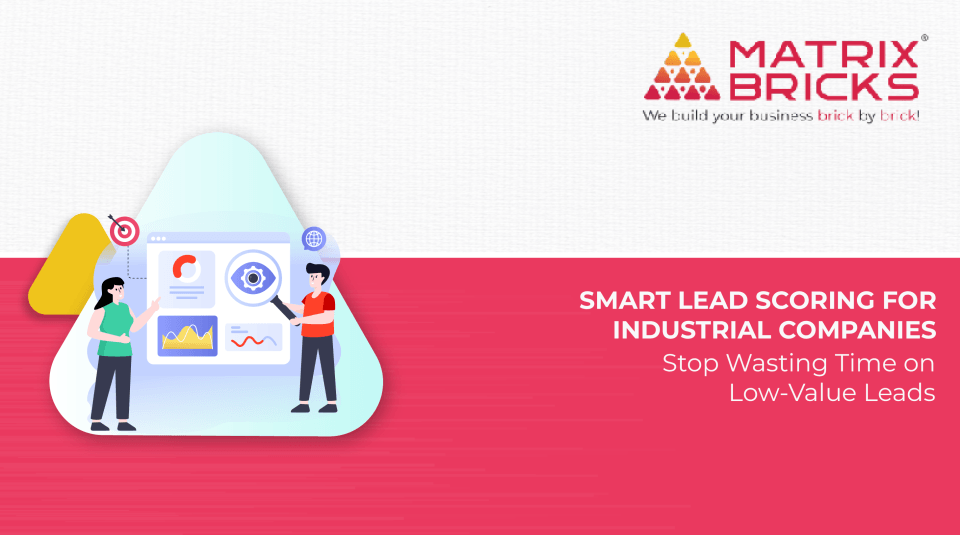
In the rapidly expanding ecosystem, SaaS companies are entering 2026 with both immense opportunities and intense pressure. Markets are saturated, tools are becoming increasingly interchangeable, and customers have an endless array of options at their fingertips. This is why SaaS retention, churn reduction, user onboarding, and customer success have become non-negotiables for businesses to survive.
More than ever, growing a SaaS business is no longer about how many customers you bring in; it’s about how many you keep. With rising expectations for faster value delivery and frictionless onboarding, businesses must rethink their growth engines from the ground up.
This blog explores how SaaS companies can build retention-first growth systems designed for 2026, systems that prioritise long-term adoption, proactive engagement, and value realisation at every touchpoint.

Why Retention is the New Acquisition
For years, SaaS companies poured massive budgets into customer acquisition. But 2026 brings a new reality: acquiring new customers is becoming more profitable. Retention is no longer an afterthought; it is the engine that powers sustainable revenue.
Why retention now outweighs acquisition
Several industry-wide changes have pushed retention to centre stage:
- Acquisition costs have increased sharply, making it impractical to grow solely through marketing.
- Users churn faster, often within days, when onboarding fails or expectations aren’t met.
- Customer loyalty is shrinking, as switching SaaS tools has become easier and cheaper.
- Subscription fatigue is real, and customers now question every recurring expense.
As a result, SaaS businesses in 2026 are adopting a retention-first mindset, focusing on value, engagement, predictability, and product-led growth.
The real cost of losing a customer
Customer churn is often underestimated. It’s not just lost revenue; it’s lost potential.
- Each churned user represents future revenue, cross-sell opportunities, and referrals vanishing instantly.
- Churn disrupts forecasting, making revenue planning and staffing unpredictable.
- High churn demoralises product and support teams, slowing innovation and increasing internal pressure.
Retention-first companies understand that the path to scalability is smoother when customers stay longer, spend more, and become advocates.
How retention-first growth changes the game
A retention-first strategy encourages SaaS companies to:
- Invest in onboarding, because the first few minutes shape long-term usage patterns.
- Reinforce customer success with ongoing value delivery instead of reactive support.
- Use data-led personalisation, ensuring each customer receives timely nudges and relevant training.
The shift from volume-driven growth to relationship-driven growth marks a defining moment for the SaaS industry, one that separates fleeting tools from indispensable solutions.
Onboarding Automation for Product Adoption
New users judge the product quickly. If they don’t understand the interface, the value proposition, or how the tool fits into their workflow, they simply leave.
- The first 24 hours are critical because early confusion leads to long-term disengagement.
- Users expect self-service onboarding, with automated guidance instead of relying on humans.
- Value realisation must be rapid, or users assume the product isn’t worth the subscription.
This is why onboarding automation has become a key focus for churn reduction strategies.
Elements of a high-performing onboarding journey
A world-class onboarding experience includes:
- A personalised first login, showing relevant features rather than overwhelming the user.
- Contextual tooltips and walkthroughs, guiding users step-by-step without friction.
- Behaviour-based triggers, sending reminders at the right moments to prevent drop-offs.
- Quick wins, allowing users to experience value within minutes, not days.
When onboarding is automated and thoughtful, customer success becomes easier because users start on the right foot.
Automation tools that increase adoption
The most effective onboarding systems include:
- Interactive product tours, adapting based on user behaviour and persona.
- AI-enabled in-app assistants, helping users troubleshoot and learn instantly.
- Progress milestones, motivating users to complete essential setup steps.
Automation turns onboarding into a predictable, scalable, repeatable engine, making churn reduction a natural outcome instead of a constant struggle.
Is automated onboarding impersonal?
Some argue that automation removes the human touch. However, the opposite is true when done correctly.
- Automation ensures consistency, so no user is left guessing.
- It supplements human support, not replaces it, allowing teams to focus on complex use cases.
When blended well, automation and human guidance create a seamless experience that pushes users toward actual adoption.

Tracking Success Metrics Beyond MRR
For years, monthly recurring revenue (MRR) dominated SaaS dashboards. But in 2026, MRR alone can’t explain customer satisfaction, loyalty, or churn patterns. SaaS retention depends on deeper metrics that reflect behaviour, engagement, and long-term value.
Why traditional revenue metrics fall short
Revenue metrics show outcomes, not causes. You can’t reduce churn by looking only at financial figures.
- Two users may pay the same MRR, but only one may be actively using the product.
- Declining engagement often predicts churn weeks before cancellation, but MRR reports won’t show it.
To truly understand customer success, companies must analyse usage signals, sentiment, and lifecycle behaviour.
Metrics that future-focused SaaS companies track in 2026
Here are the most impactful modern retention metrics:
- Product Adoption Rate – how quickly new users complete key actions that show value.
- Activation Milestones – the number of “aha” moments each user reaches.
- Feature Utilisation Score – whether customers explore core features regularly.
- Customer Health Score – a combined measure of engagement, usage consistency, and satisfaction.
- Time to Value (TTV) – how long it takes a customer to understand the product’s benefit.
- Net Revenue Retention (NRR) – whether existing customers grow their spending.
- Customer Effort Score (CES) – how easy it is for users to achieve tasks.
These metrics give a complete picture of customer behaviour and allow teams to detect churn threats early.
The challenge of measuring what matters
Even with advanced analytics, data overload is a real risk.
- Too many metrics create noise, making teams unsure where to focus.
- Data without context can lead to misinterpretation, which in turn harms decision-making.
Successful SaaS companies align metrics with their product’s true value proposition rather than chasing vanity indicators.
A simple comparison table to understand key retention metrics
| Metric | Purpose | Why It Matters in 2026 |
| Product Adoption Rate | Measures early usage patterns | Predicts long-term retention accuracy |
| Customer Health Score | Identifies churn-risk users | Enables proactive customer success actions |
| Time to Value | Tracks how fast value is delivered | Reduces early churn dramatically |
| Feature Utilisation | Measures engagement depth | Shows whether customers are fully adopting the product |
| Net Revenue Retention | Measures expansion vs. churn | Indicates sustainable SaaS growth |
Tracking these metrics helps teams build more effective customer success strategies while ensuring every decision is guided by real behaviour—not assumptions.
Building Community-Led Retention
In 2026, customers don’t just want a tool; they want a sense of belonging. Community-led retention is becoming one of the most powerful and underrated growth engines in SaaS. It brings users together to learn, engage, and advocate for the product organically.
Why community is reshaping SaaS retention
Communities act as support systems, idea hubs, and engagement channels all in one.
- Users find answers faster, reducing dependency on support teams.
- Customers feel connected, making them less likely to switch tools.
A strong community builds loyalty, drives product adoption, and improves customer success outcomes naturally.
Key elements of a thriving SaaS community
A community with long-term impact includes:
- Active discussion forums, where users exchange tips and share best practices.
- Regular events or webinars, helping customers learn new strategies and features.
- User-led content, such as tutorials, templates, or success stories.
This ecosystem encourages customers to support one another, keeping them engaged long after the onboarding phase.
How community reduces churn organically
When users feel part of something bigger, churn reduction becomes easier.
- Peer support resolves issues faster, which prevents frustration and drop-offs.
- Customer feedback flows continuously, guiding future product improvements.
As a result, customers see the product not as a tool but as a critical part of their work life.
Counterargument: Communities require time and effort
True, but the long-term value far outweighs the investment.
- Community content remains evergreen, reducing long-term onboarding time and costs.
- Engaged customers become advocates, driving organic acquisition at zero cost.
Community-led growth is one of the most cost-effective strategies emerging in the SaaS sector today.
The Future Belongs to Retention-Driven SaaS Brands
As 2026 unfolds, one lesson becomes clear: The SaaS companies that win will be those who keep their customers, not just attract them. With rising expectations, rapid tool fatigue, and unprecedented choice, users gravitate toward platforms that deliver consistent value, personalised guidance, and meaningful connection.
Building a retention-first system requires thoughtful onboarding automation, modern success metrics, and a vibrant user community, all supported by a product that evolves with customer needs. Businesses that embrace this shift will not only reduce churn but also unlock sustainable, scalable growth in an increasingly competitive landscape.
If you are ready to strengthen retention, refine onboarding, and build systems that keep customers for the long term, Matrix Bricks can help you implement a retention-first strategy that fits your product and market.
Frequently Asked Questions
1. What is SaaS churn and why does it matter?
SaaS churn refers to the number of consumers cancelling their subscription over a period of time. It matters because churn directly affects revenue stability, growth potential, and long-term relationships.
- High churn often indicates product issues, such as poor onboarding or unclear value delivery.
- Reducing churn increases profitability, because retaining users is cheaper than acquiring new ones.
A retention-focused model ensures customers stay long enough to unlock the true value of the product.
2. How can SaaS companies reduce churn effectively?
To reduce churn, companies must understand why customers leave and address the root causes with structured strategies.
- Improve user onboarding to ensure users understand the product from day one.
- Monitor customer success metrics, so teams can intervene early when usage drops.
- Automate engagement workflows, guiding users before they get stuck.
Churn reduction is a continuous process driven by feedback, data, and proactive support.
3. Why is user onboarding so important in SaaS?
User onboarding shapes the first impression of the product and influences usage patterns for months.
- A great onboarding experience speeds up time to value, helping users see benefits immediately.
- It prevents early drop-offs, which are the biggest contributor to churn.
Effective onboarding ensures customers understand the product, adopt core features, and feel confident using it.
4. What metrics should SaaS companies track besides MRR?
While MRR is essential, it does not reflect customer engagement or satisfaction.
- Metrics like adoption rate, feature usage, and customer health score provide deeper behavioural insights.
- Modern KPIs predict churn, helping teams act early rather than react after cancellation.
Tracking the right metrics ensures customer success teams stay aligned with real user experiences.
5. How does community-building help with SaaS retention?
Communities create connection, support, and long-term loyalty.
- Users learn from each other, reducing dependency on support teams.
- Customers feel part of a shared mission, making them less likely to leave.
A strong community transforms users into advocates, strengthening retention and driving organic acquisition.




